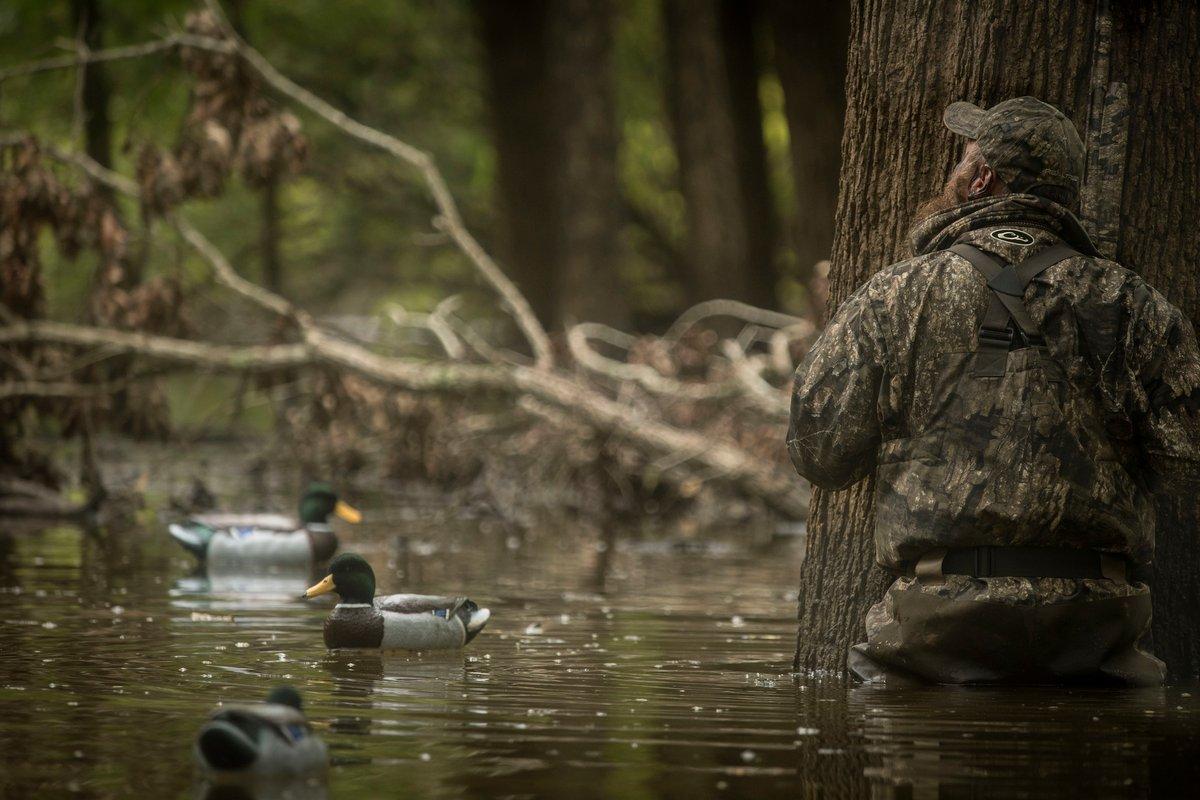Journal Entries Reveal Much About Hunting Idiosyncrasies
Hunting journals let us revel in past hunts. Better, they provide tremendous insights for future efforts.
I've written about this before, telling waterfowlers what details they should record in their journals and how they can interpret that to improve hunting. But while paging through my records recently, I wondered what the memories and observations therein had taught me. Here are some snippets.
Species
No real surprises here. I've shot far more mallards than any other species of duck. That makes sense, as they're the most common North American duck, I live in a solid mallard production and migration state, and I've hunted the Dakotas for more than 20 years.
The other top 10 species, in descending order, include: lesser scaup, buffleheads, gadwall, green-winged teal, common goldeneyes, wood ducks, blue-winged teal, ringnecks and redheads. If you added greater scaup with lesser scaup to obtain a total bluebill figure, that number approaches my mallard total. Again, that's an easy reflection of how I hunt. The bluebills, butterballs, whistlers, ringbills and redheads have added up after 30-plus years of open-water hunting at home and some big-water adventures out West. The bluewings and wood ducks merely indicate I live in a great production state, which, as you might have guessed, also sees a healthy greenwing migration. The gaddies? They're a product of 25 bountiful trips to the Dakotas.
And no, smart-alecks, mergansers did not make my top 10 … thought they might have cracked the top 15. No comment on the shovelers and ruddies.
Weather
I had to dig a bit deeper to find trends here, as situations can vary considerably. However, conventional wisdom won out. Generally, seasonably cold or colder weather produced better hunting results. Extremely cold weather — as in ice-making, duck-moving stuff — produced wildly varying results, with some days being exceptional but others busts.
Wind, of course, was the most consistent duck producer. Hot or cold, early or late, wind generally prompts birds to move or at least dictates their location somewhat. Wind direction didn't seem to matter as much, but as you'd expect, winds from the west, north or northwest often produced better days, as those often spur migrations. Interesting note: Days with stark wind changes sometimes prompted spurts of fantastic action. Further, birds almost seemed to anticipate the shifts and relocate right before shifts occurred.
Light or intermittent rain didn't affect hunting too much, especially when pursuing puddlers. Heavy rains made for tough going. Sunny days produced better than cloudy conditions, as you'd expect. Fog resulted in great hunting, especially for puddlers but also, somewhat surprisingly, with big-water divers. And snow? Money. It makes them crazy.
Oh, one more thing: Days when I correctly anticipated major weather changes — huge wind shifts, significant storms or massive temperature plunges — have been golden. Those didn't always involve migrations, either. Sometimes, rapid changes merely stirred up local or stale birds, prompting them to move or feed.
Places
Again, conventional wisdom ruled the day. When everything else was equal, large water produced much more steady, consistent action than smaller fields or waters. Simply, bigger spots hold more birds, so you're not hammering the same ducks again and again. Many small spots burned out after a day.
Some areas surprised, though. One large marsh complex near my home has produced wildly fluctuating results. It seems I do exceptionally well there or go home empty-handed, with no middle ground. Weather didn't seem to be a factor, though pressure likely was.
Also, some smaller areas attracted birds day after day, despite heavy gunning. Obviously, these areas held hot food sources. And to be honest, few of those shoots involved mallards or ultra-wary black ducks.
Conversely, some big-water trends defied explanation. What seemed like a solid pattern one day burned out the next despite limited pressure and nearly identical conditions. Why? Who knows? I guess the birds found something better or just moved.
Conclusion
That might be the overriding lesson in those dog-eared pages: Hunt and scout as much as possible, and observe and learn while doing so. After a while, you'll gain almost a sixth sense about when hunting might get good — and the realization that you cannot find success by sitting at home and hoping for perfect circumstances.
Click here for more Realtree waterfowl hunting content. And check us out on Facebook.







